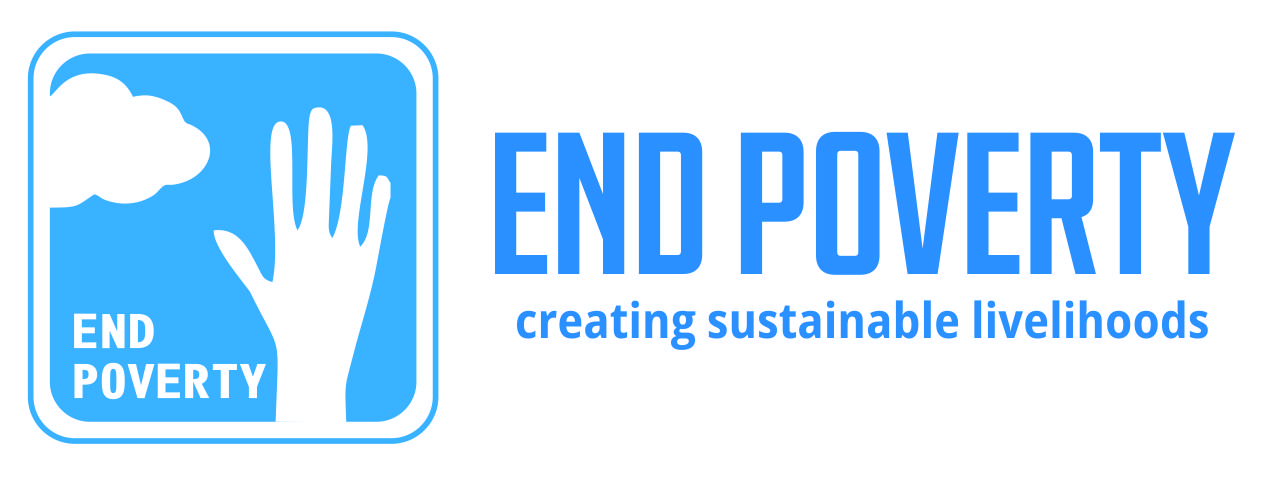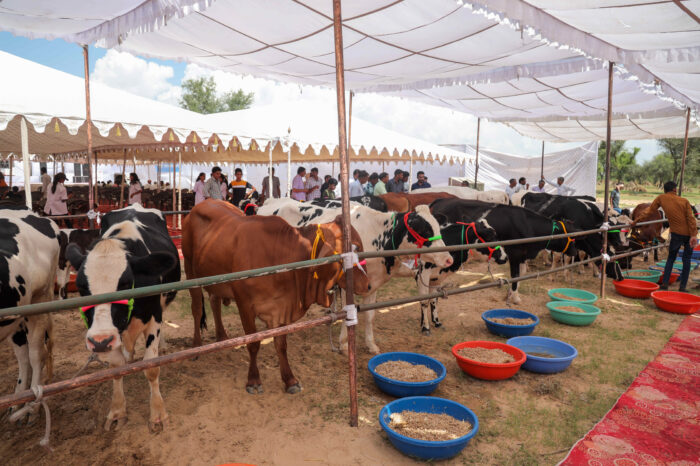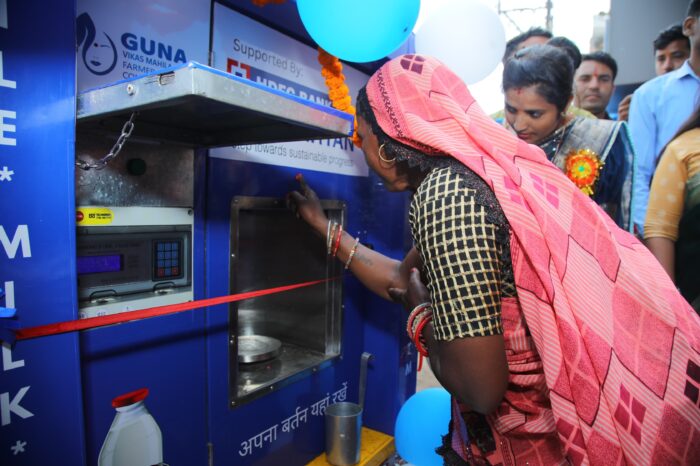Sowing Seeds of Change: End Poverty’s Azolla Farming Initiative

Prem Bai, a resident of the Puraposar village, started feeding azolla mixed with wheat flour to her cow. It has increased my cow’s milk yield by almost 1.5 liters along with the enhanced fat content of the milk,” she said. She is now actively encouraging other farmers in the community to incorporate Azolla into their cattle’s diets. Boasting its successful reception in the village, HRDP Project Manager (Guna) Himanshu Bhardwaj said when villagers see the improvement in the milk yield and the health of their animals, they realize its usefulness. Then they want to continue using it and become ‘Azolla Ambassadors’, spreading the word to neighboring villages as well, he said.
We here at End Poverty have been successfully working towards reducing the cost of feed for livestock by introducing the production of Azolla in 75 villages of Madhya Pradesh, Haryana, and Uttar Pradesh. Azolla, an aquatic fern, is gaining popularity as a feed supplement for livestock among dairy farmers. Azolla Farming is transforming the landscape of livestock nutrition, offering hope and opportunity to thousands of small-scale farmers. Let’s delve into the benefits of Azolla Farming and its impact on rural livelihoods.
Unlocking the Potential of Azolla
For decades, Indian dairy farmers have grappled with the challenge of providing nutritious yet affordable feed for their livestock. Enter Azolla – a game-changer in the world of cattle nutrition. Packed with proteins, essential amino acids, vitamins, and minerals, this tiny fern punches above its weight, offering a sustainable alternative to expensive commercial feeds and concentrates. Therefore, we here at End Poverty promote the use of Azolla by farmers to help them reduce the cost of feed and enhance the milk production in their cattle.
Empowering Farmers Through Education
Our commitment to rural development is evident in our proactive approach to workshops and training. Over the past three years, we have reached out to 5,000 farmers across Madhya Pradesh, Haryana, and Uttar Pradesh, spreading awareness about the benefits of Azolla farming. Through the training and demonstration sessions, we have equipped 660 stakeholders with the knowledge and skills needed to embrace this innovative approach to cattle feed.
Cost-Effective Solutions for Sustainable Livelihoods
Our introduction to Azolla farming as an initiative lies in a commitment to sustainability and economic resilience. By introducing Azolla farming in 75 villages, we aimed to reduce the cost of feed for livestock, alleviating financial burdens on farmers and increasing milk production without escalating feeding costs. Through these efforts, we aim to aid small and marginal farmers to thrive in an ever-changing agricultural landscape.
Transforming Livestock Nutrition
It is not just about feeding cattle – it’s about nourishing communities and transforming lives. By harnessing the nutritional power of Azolla, we are improving the health and productivity of livestock, paving the way for a brighter, more prosperous future. It has high nutritional value for animals and can be used as a source of proteins (25-37%), minerals (10-15%), and amino acids (7-10%), which can increase milk yield in milch animals.
Simple Cultivation, Big Rewards
Cultivating Azolla doesn’t require fancy equipment or extensive land. With basic guidance and support, farmers can set up Azolla beds in their backyards. The process is straightforward, and the rewards are immense. From providing green manure for rice fields to curbing mosquito breeding, Azolla proves its versatility beyond just cattle feed. It can be fed to livestock in fresh or dried form and given directly or mixed with concentrates. It takes a few days for the animals to get used to the taste of Azolla, so it is better to feed it with concentrates in the initial stages. As fresh Azolla is highly perishable, it is advisable to dry it immediately when there is a surplus or when it is more practical or preferable to use it in a dried form.
Azolla is the most promising plant used as cattle feed in a cost-effective manner, i.e., ideal for small and marginal farmers due to its ease of cultivation, productivity, and nutritional value. At the top of the food chain, we have also been shifting to more grass-based food like rice & wheat as staples rather than plant-based food. Milk, being a complete food, could fulfil several dietary needs. Adding Azolla and other plant-based feed apart from grass to the diet of cattle ensures that the milk our family consumes every day is loaded with all necessary nutrients and more. This would also significantly improve the use of agricultural land since dairy farmers may need to use less land for grass-growing activities. While the world is turning to mindful eating, one must also recognize the contribution of such introductions in dairy farming.
Here at End Poverty, we’re dedicated to supporting dairy farmers in improving their animal husbandry practices. We aim to boost milk production, reduce feeding costs, and ultimately enhance their income. Through these efforts, we contribute to a more sustainable and nutritionally rich food system for all.



